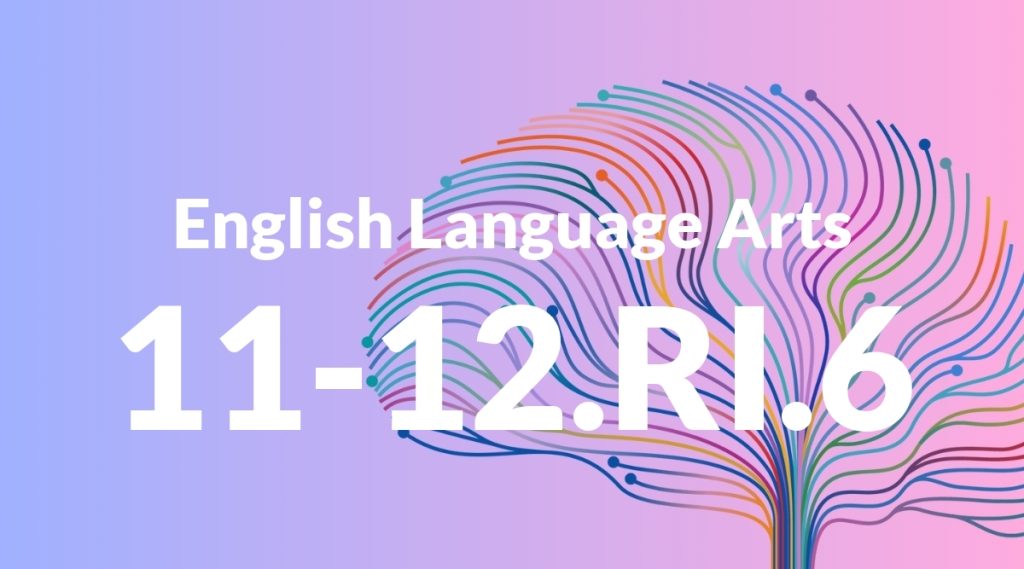Standard: 2.RI.6 – Identify the main purpose of a text, including what the author wants to answer, explain, or describe.
Grade level: Grade 2
Subject: English Language Arts
Domain: Reading: Informational Text
Teacher Overview
This standard focuses on helping students identify the main purpose of informational texts. Understanding the author’s purpose is crucial for comprehending and engaging with texts. This skill is foundational for more advanced reading comprehension and critical thinking tasks. Before tackling this standard, students should be able to recognize text features and understand the difference between fiction and nonfiction texts.
After mastering this standard, students will be able to analyze texts more deeply, including understanding the author’s point of view and distinguishing between fact and opinion.
Common Misconception 1
One common misconception is that students may think the main purpose of any text is just to tell a story. This is incorrect because informational texts have purposes such as to inform, explain, or describe, rather than just to entertain.
Intervention 1
To address this misconception, use texts with clear purposes and ask guiding questions such as ‘What is the author trying to explain?’ or ‘What does the author want us to learn from this text?’.
Common Misconception 2
Another common misconception is that students might confuse the main idea with the main purpose. The main idea is what the text is mostly about, while the main purpose is why the author wrote the text.
Intervention 2
To remediate this, provide examples and non-examples, and use graphic organizers that separate the main idea from the main purpose. Encourage students to ask ‘Why did the author write this?’
Prerequisite Knowledge
Students should be able to recognize basic text features and understand the difference between fiction and nonfiction texts.
Subsequent Knowledge
Students will develop the ability to analyze texts more deeply, including understanding author’s point of view and distinguishing between fact and opinion.
Instructional Activities
- Use a variety of informational texts and have students identify the author’s purpose.
- Create a chart with different purposes (to inform, to explain, to describe) and have students categorize texts.
- Have students write a short paragraph about a topic and state their purpose for writing.




